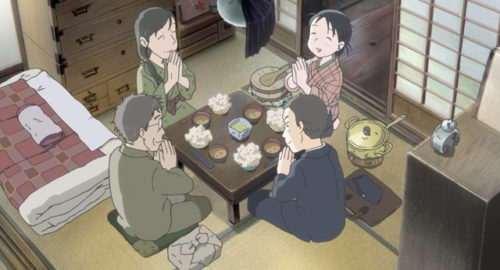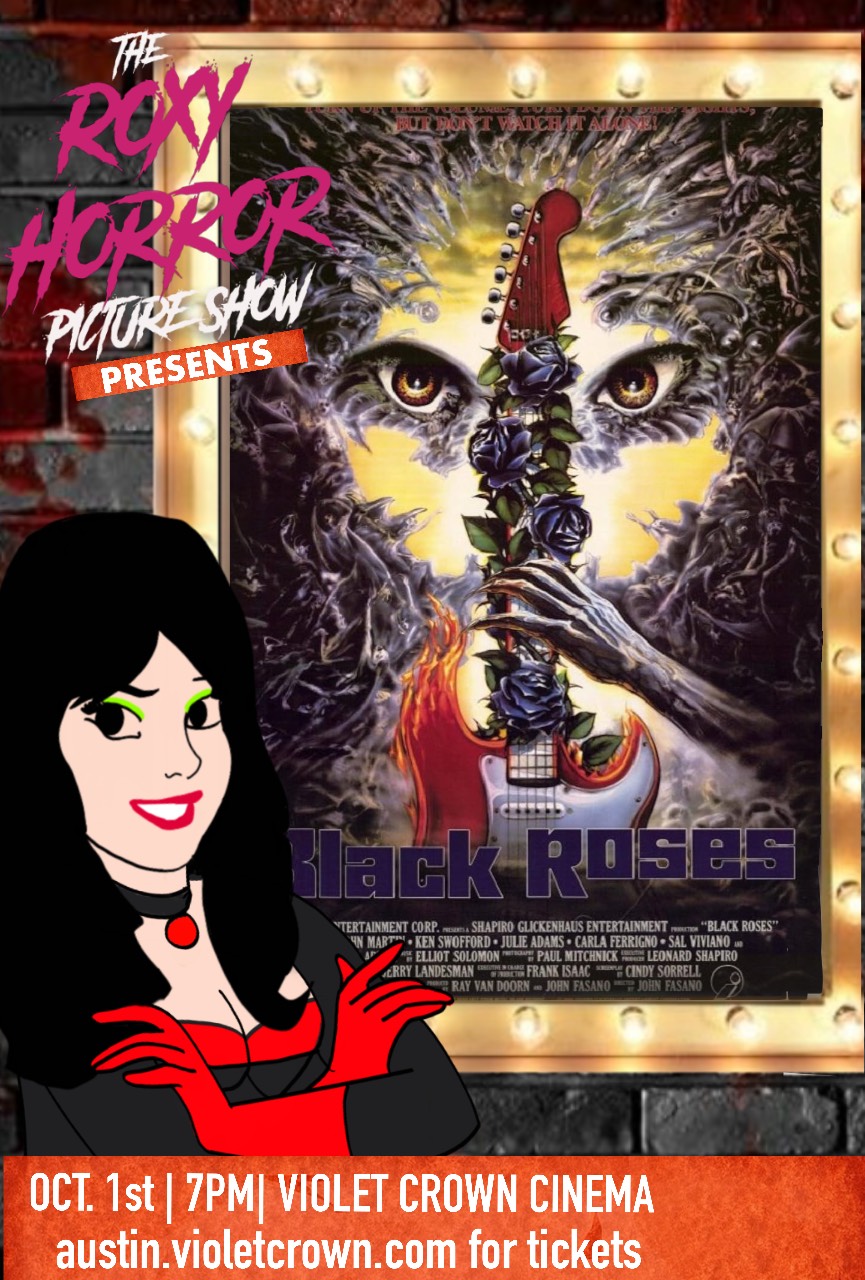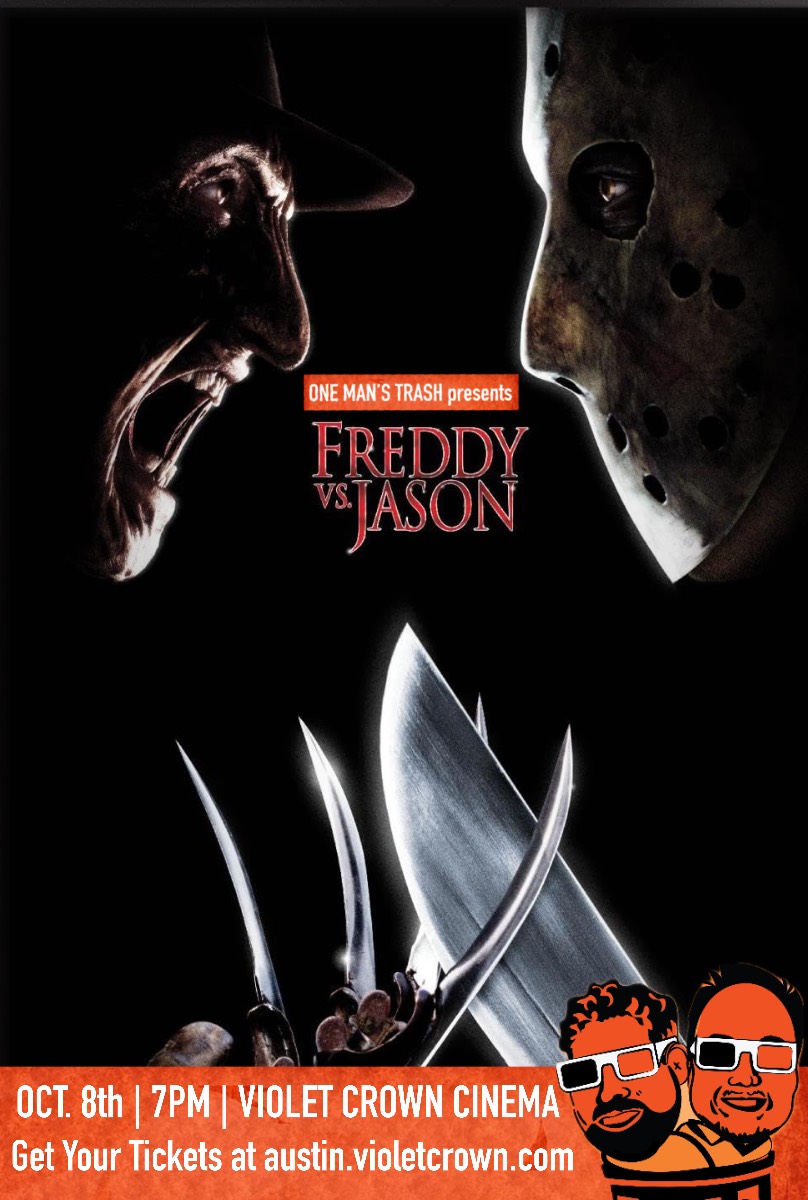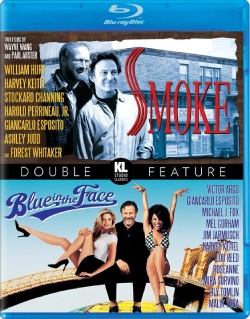While “Loving Vincent” was the best thing I’ve seen visually this year at the Annecy Animated Film Festival, “In this Corner of the World” had the best narrative. This 2016 anime by Suano Katabuchi is set in Japan during World War II, and focuses on Suzu, a young artist. After an arranged marriage to a soldier, Suzu moves with her husband to a small town near Hiroshima. The film focuses on Suzu and her new family as they try to live day by day while events of the war happen around them.
When thinking of anime and the conflicts of WWII, it’s hard not for Isao’s Takanata masterpiece “Graveyard of the Fireflies” to come to mind. However, when compared to “In this Corner of the World,” the films could not be more different from each other. For the most part, Katabuchi’s movie feels closer in spirit to something like Studio’s Ghibli’s “slice of life movies.” Don’t get me wrong, the film is full of tragic elements. Characters die, lose their limbs and get ill from the effects of radiation, but there is a strange sense of positivity throughout the film.
It’s almost like “Graveyard” is told by a person who is still deeply traumatized by the events of war, while “In this Corner of the World” is told by a very happy-go-lucky person who quickly got over the impact of the conflict. It’s through this unusual approach that the film succeeds in providing its commentary on wartime conflicts.
Rather then present a dark and harsh war environment, the film showcases lush colors and relatively friendly settings. Even the characters themselves are animated to be rather child-like. For first few minutes, I was actually unsure what age Suzu is meant to be. Though we come to learn that she’s 18, she’s drawn in such a way that she appears to be 13 or even younger. Though odd, her youthful appearance does match her optimistic and naïve attitude. The first time Suzu see’s an Allied bombardment in the sky, she thinks of the explosions as splashes of paint on a canvas.
The film barely touches on her political views or interest in the war. She’s mostly obsessed with her work as an artist, and the wartime preparations and setting serve more as a backdrop to her own drawings. Outside of her art, she focuses on cultivating relationships with her family.
The rest of the cast, while slightly more serious, share Suzu’s carefree attitude. While there is plenty of war-related scenes, we also get many focusing on the simple tasks of every day life. The movie also doesn’t shy away from showing some of the droll aspects of life during the war, with routine siren calls to hide in the bomb shelters becoming more of a nuisance than anything else.
The movie excels at creating an enjoyable, laidback atmosphere, and while it’s over two hours, it never feels as if it’s dragging its feet. It’s through these relaxing moments that the film succeeds in setting up several dramatic moments, making the impact so much more powerful. In regard to the ending, some viewers may be put off my the bizarre imagery that can be interpreted as both terrifying and uplifting.
“In this Corner of the World” is a wonderful piece of cinema, with a powerful message of hope in the darkest of times. Though I’m not sure how the movie will sit with more cynical film viewers, I think most will appreciate what the film is trying to accomplish.









